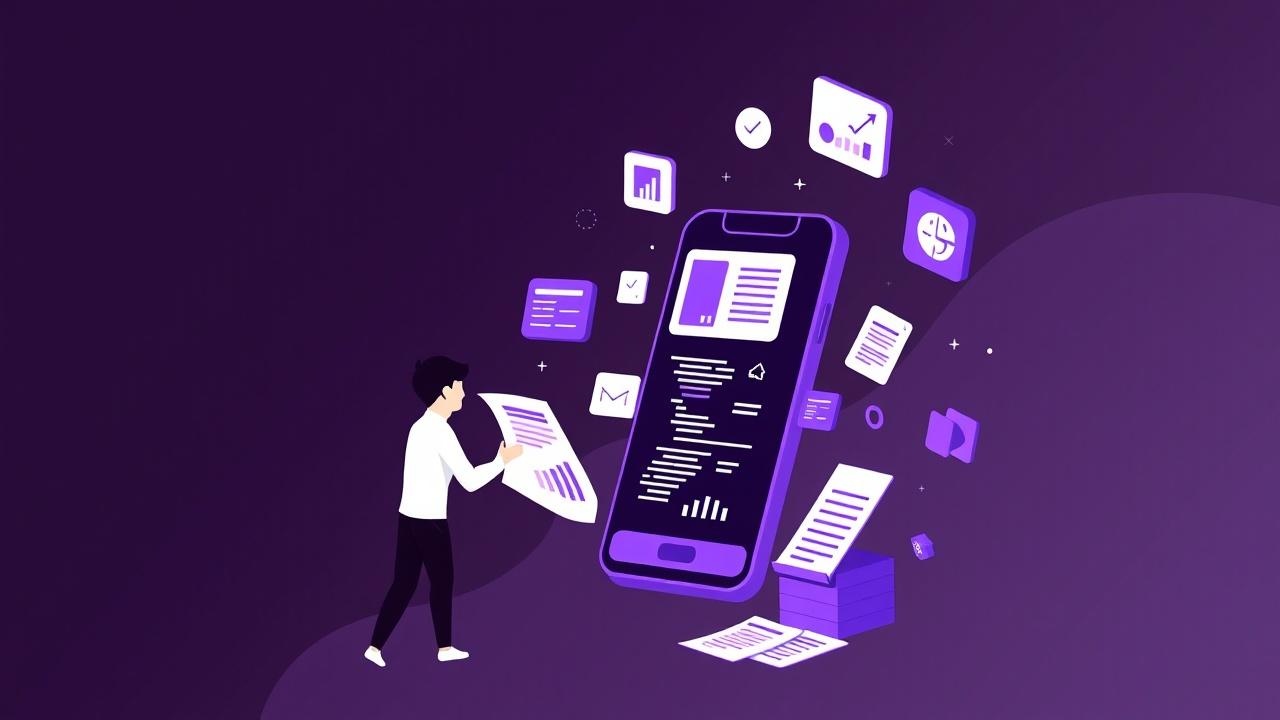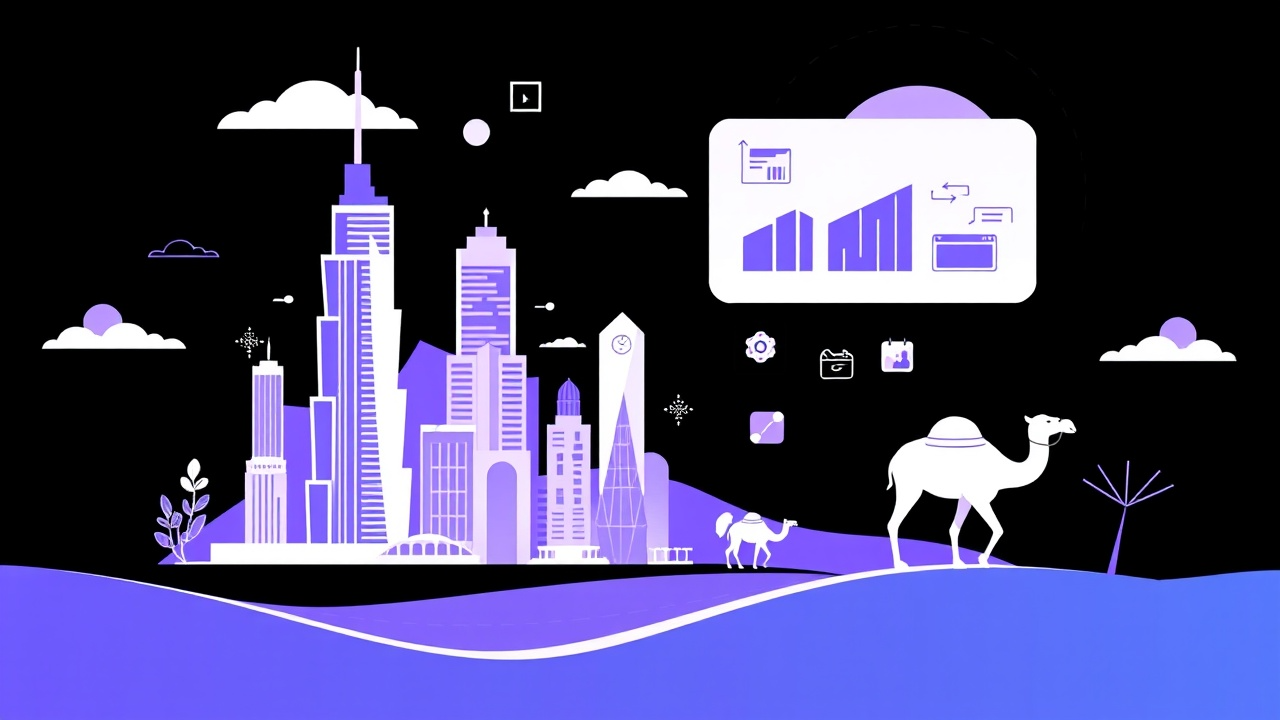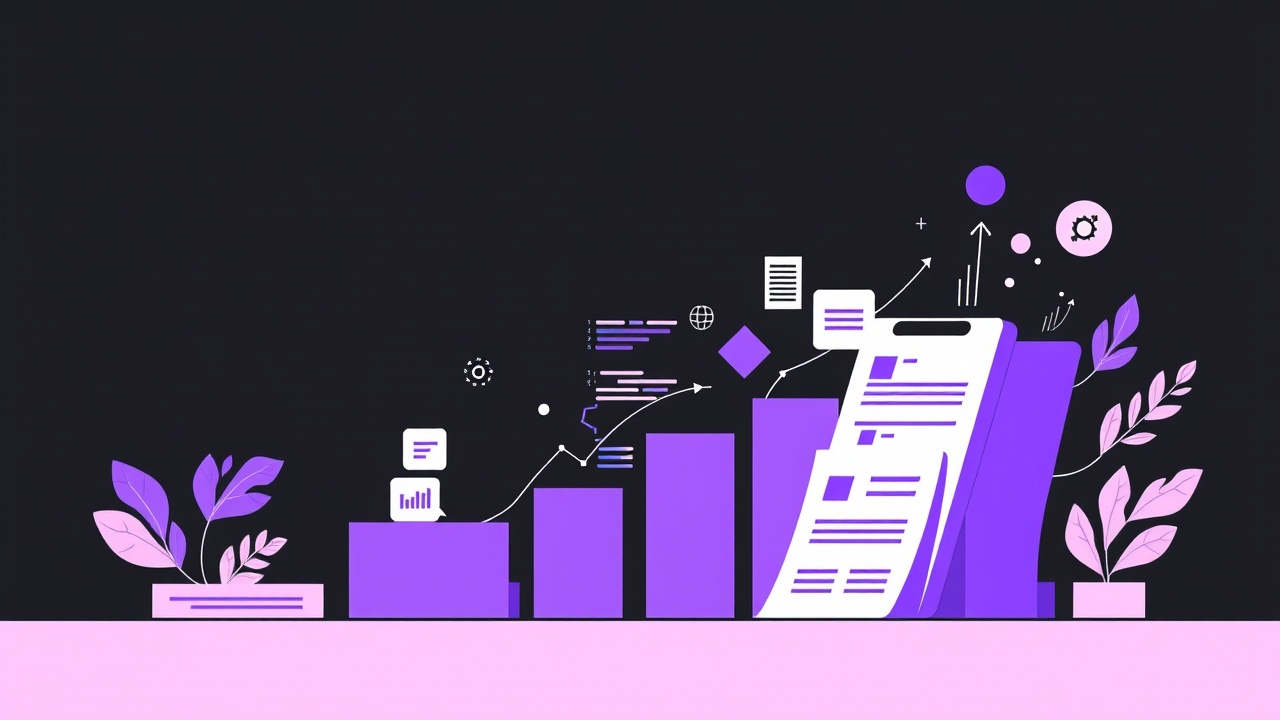
- Editorial-team
- 30 Oct, 2024
- 3 min read
In today’s fast-paced digital landscape, the concept of a Minimum Viable Product (MVP) stands as a beacon of innovation and efficiency for tech companies worldwide. Imagine kickstarting your product journey with a streamlined version that captures essential features, garners invaluable feedback, and validates market demand—all while conserving precious resources and time. This comprehensive guide delves deep into the realm of MVP development, unraveling its significance, benefits, strategies, and real-world applications.
Understanding the Essence of MVP
Embarking on the MVP journey entails crafting a simplified yet impactful version of your product, equipped with core functionalities to test hypotheses and engage early adopters. An MVP serves as a strategic tool to mitigate risks, optimize costs, foster a user-centric approach, accelerate time-to-market, and allure potential investors. By focusing on the fundamental aspects of your offering, an MVP paves the way for iterative improvements, guided by valuable user insights and market validation.
Key Insight: Building an MVP is not merely about launching a product; it’s a strategic approach to sculpting a successful venture from the ground up.
The Blueprint for Building a Stellar MVP
Step 1: Defining the Foundation
-
Identify the Problem Statement
- Pinpoint the core issue your product aims to solve.
- Define the pain points of your target audience.
-
Outlining Core Functionalities
- Determine the essential features that embody your value proposition.
- Prioritize functionalities based on user needs and market trends.
Step 2: Crafting the Prototype
-
Conducting Competitive Analysis
- Analyze competitors to identify gaps and opportunities.
- Refine your unique selling points based on market insights.
-
Technology Stack Selection
- Choose the appropriate technologies to bring your MVP to life.
- Ensure scalability, security, and seamless user experience.
Step 3: Development and Iteration
-
Agile Development Approach
- Embrace an iterative development cycle for rapid enhancements.
- Foster collaboration between cross-functional teams for seamless execution.
-
Testing and Feedback Collection
- Conduct thorough QA testing to ensure product functionality and performance.
- Gather user feedback to refine features and enhance user experience.
Key Takeaways
- Simplicity is Key: Focus on core functionalities to deliver a compelling user experience.
- User-Centric Iteration: Leverage feedback to drive continuous improvement and product evolution.
- Agile Mindset: Embrace flexibility and adaptability to navigate the dynamic tech landscape.
Conclusion: Embrace the MVP Mindset
In essence, mastering the art of MVP development is not just a strategy—it’s a mindset shift towards innovation, agility, and customer-centricity. By harnessing the power of MVPs, startups and businesses can leapfrog traditional product development hurdles, validate ideas swiftly, and pave the way for sustainable growth. So, are you ready to embark on your MVP journey and sculpt the next big success story?
Next Steps: Your MVP Odyssey Begins Here
- Dive deeper into MVP strategies with our in-depth resources on product development.
- Start ideating your MVP concept and outline your roadmap to success.
- Connect with our experts to unlock personalized insights for your MVP journey.
Embark on your MVP odyssey today and witness the transformative power of strategic simplicity in product innovation!
Tags


